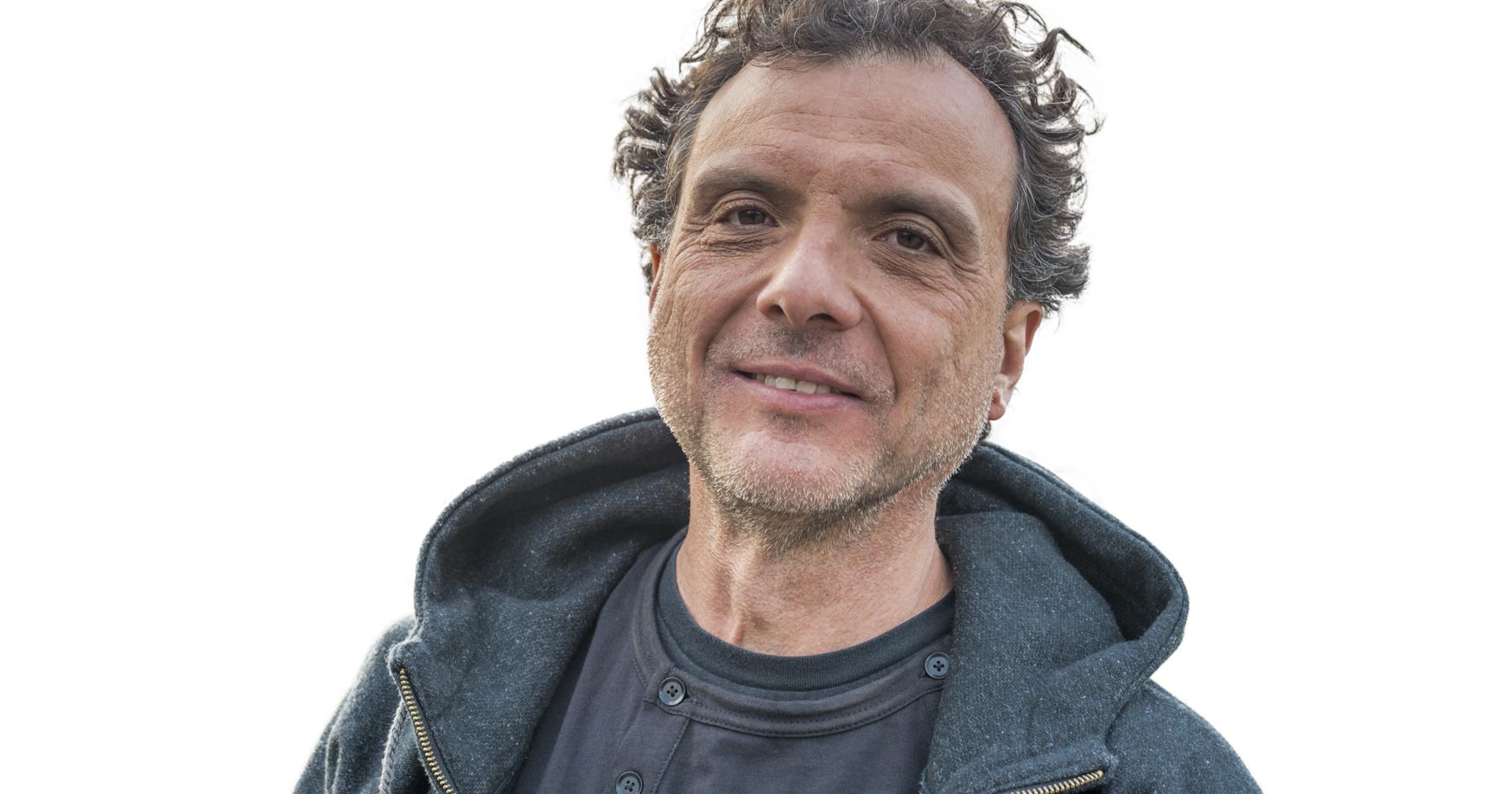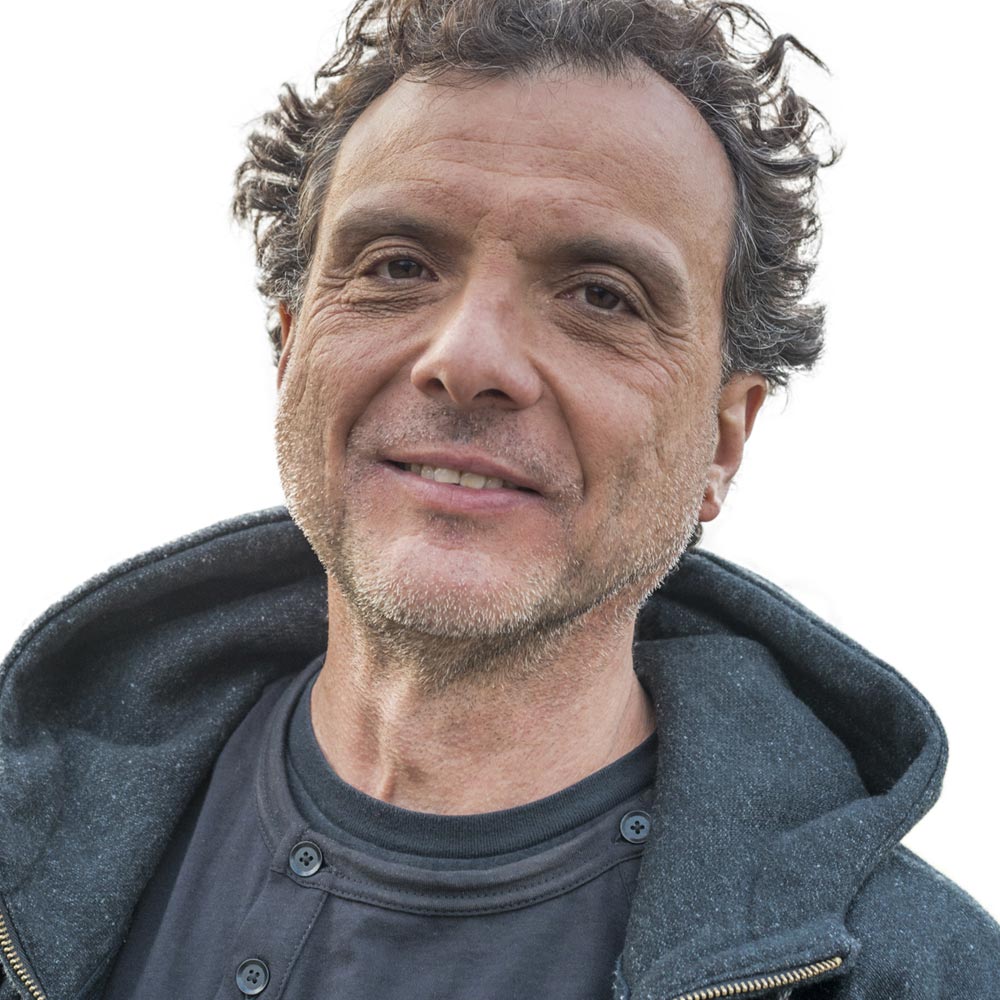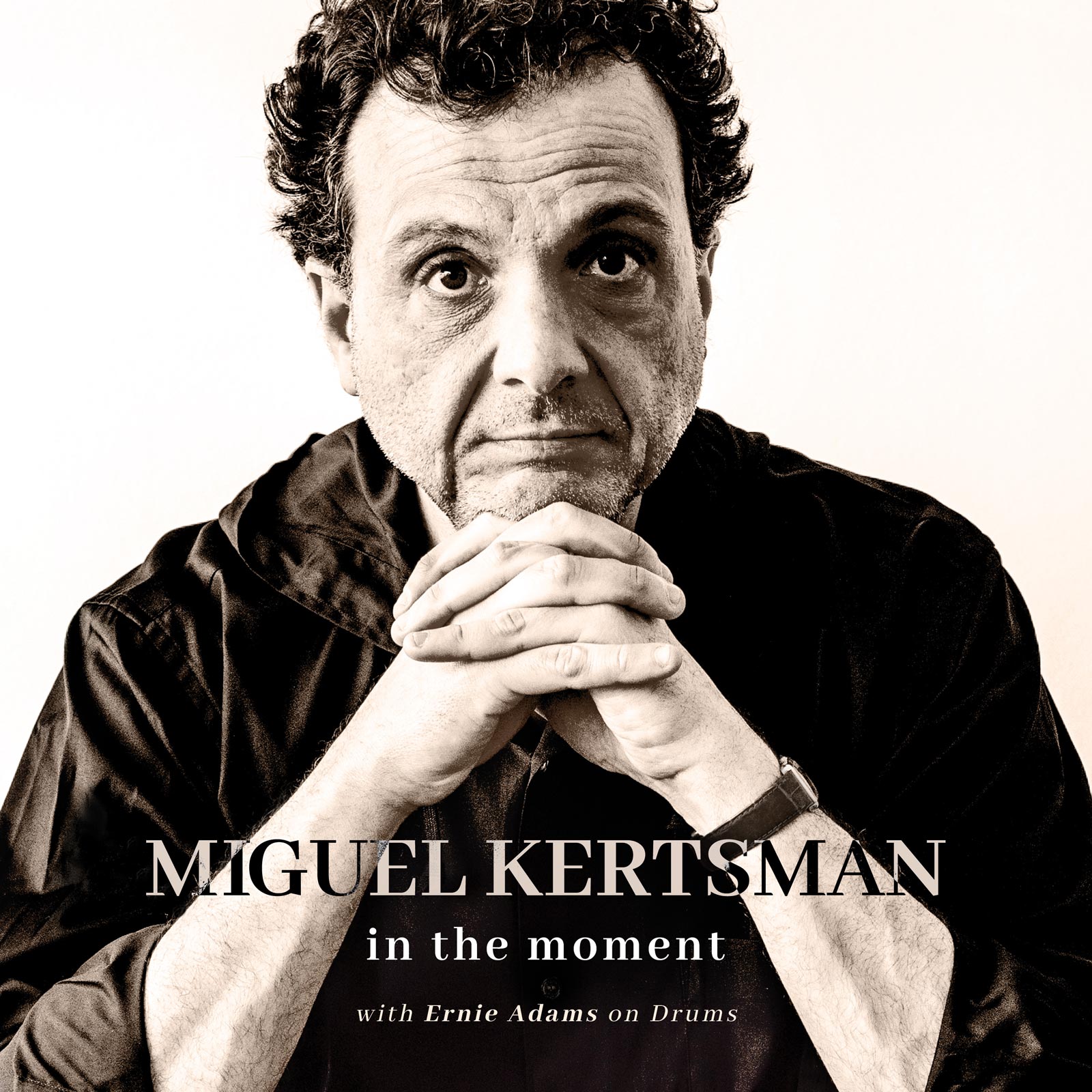
From genre-smashing composer and keyboardist Miguel Kertsman and drummer Ernie Adams comes IN THE MOMENT, a true-to-its-name album that leaps over musical boundaries and defies any label. The single-take, minimally microphoned recordings capture the raw emotional potential of music and the spontaneity of an intimate recording session.
Today, Miguel is our featured artist in “The Inside Story,” a blog series exploring the inner workings and personalities of our composers and performers. Read on to learn about Miguel’s thoughts on music as a universal language, and how spontaneity and open-mindedness contributed to his album…
Who was your first favorite artist(s) growing up?
I recall enjoying music deeply at the age of 8… I’d offer a 4-way tie: J.S. Bach, Beethoven, Rick Wakeman, Oscar Peterson, and of course, all that rich Brazilian music…
When did you realize that you wanted to be an artist?
Around the age of 15, although I had been studying music and organ since I was 9. I was initially more interested in science — mainly physics / astrophysics and electronics engineering. Following the release of my first album in 1982 at age 17 (Música, Mito e Mistério) and the shows which followed, I found myself later writing music and performing in Florida at 19, then attending Berklee College of Music as a scholarship recipient. At that point, I was sure I wanted to pursue an artistic career.
What is your guilty pleasure?
I could say an occasional shot of single malt Scotch and a piece of pure, fair-trade dark chocolate.
What was your favorite musical moment on the album?
If I had to pick just a single moment, I’d say the “multi-polyrhythmic” section in Driven at app. 3:21 – 3:47 when both Ernie and I roll with polyrhythms whilst varying tempi and time signature feel. Right before the take I said to Ernie, “just flow with the music and dive into the polyrhythms.” We talked about it for a minute, but the take was totally fresh and the feeling building up to that musical climax was fantastic. Try tapping your foot to the tempo when the section starts landing on the downbeat at the segment’s end… it’s fun!
What does this album mean to you personally?
A very organic and spontaneous musical experience. A “return to basics” — live-in-the-space “analog” music making. Experiencing the moment through music.
I personally feel we may have gone too far into all-things-digital when it comes to music. This is a completely different experience than composing a concerto or symphonic work for the concert stage when musicians perform what is on the pages. Also different from working on a myriad of projects where computers and software were in the mix.
It means a lot to me to be in a space with other musicians, play real instruments, and capture those sonic waves via analog audio live in the space — spontaneity, open-mindedness, and a rather human music-making experience. I felt I very much needed it, and many fellow artists and musicians have shared similar feelings. Today’s lifestyles, distances, and digital facilities can often hinder one’s ability to pursue such human experiences.
Is there a specific feeling that you would like communicated to audiences in this work?
Openness, Synergy, Coexistence, Freedom. Music in itself is a universal human language, it transcends labels, genres, borders… it can bring people together. It can speak to all.

Miguel Kertsman’s compositions organically reach beyond genres and boundaries. They encompass classical symphonic, chamber, and vocal music for the Concert Stage, as well as experimental, progressive rock, jazz, and film/game scores.
His classical works have been commissioned, performed, and recorded by international artists such as conductor Dennis Russell Davies, the London Philharmonic Orchestra, Bruckner Orchestra Linz, Saint Paul’s Chamber Orchestra, São Paulo State Orchestra, Chamber Orchestra of the Vienna Symphony, mezzo-soprano Angelika Kirchschlager, guitarist John Williams, and others.

